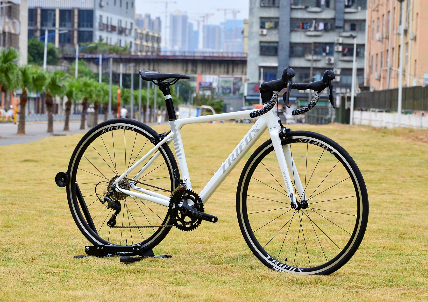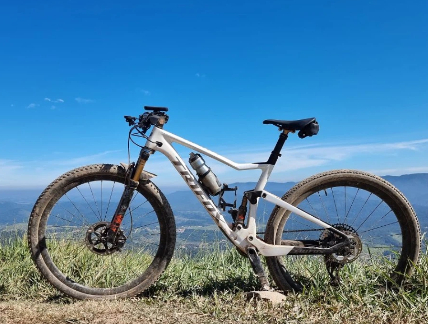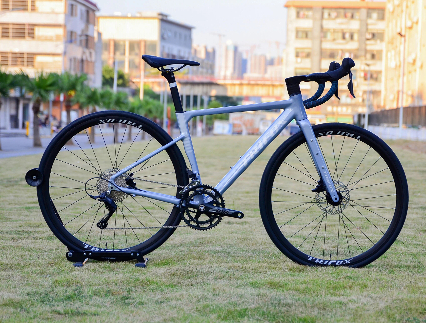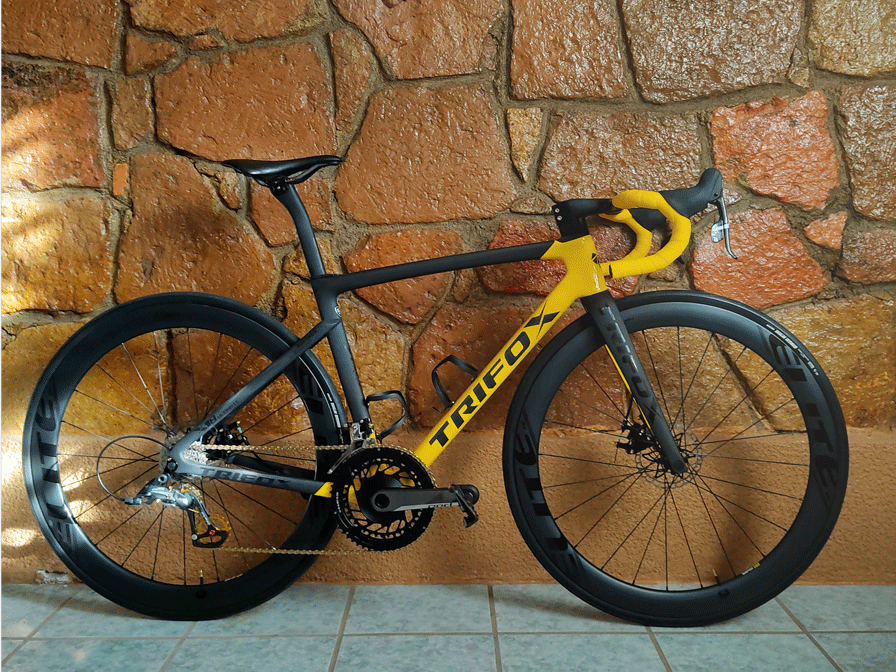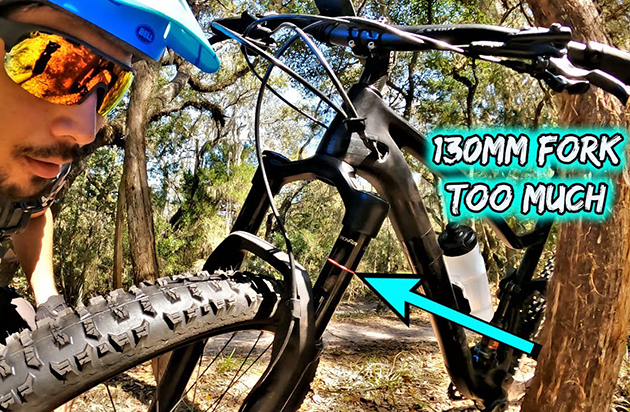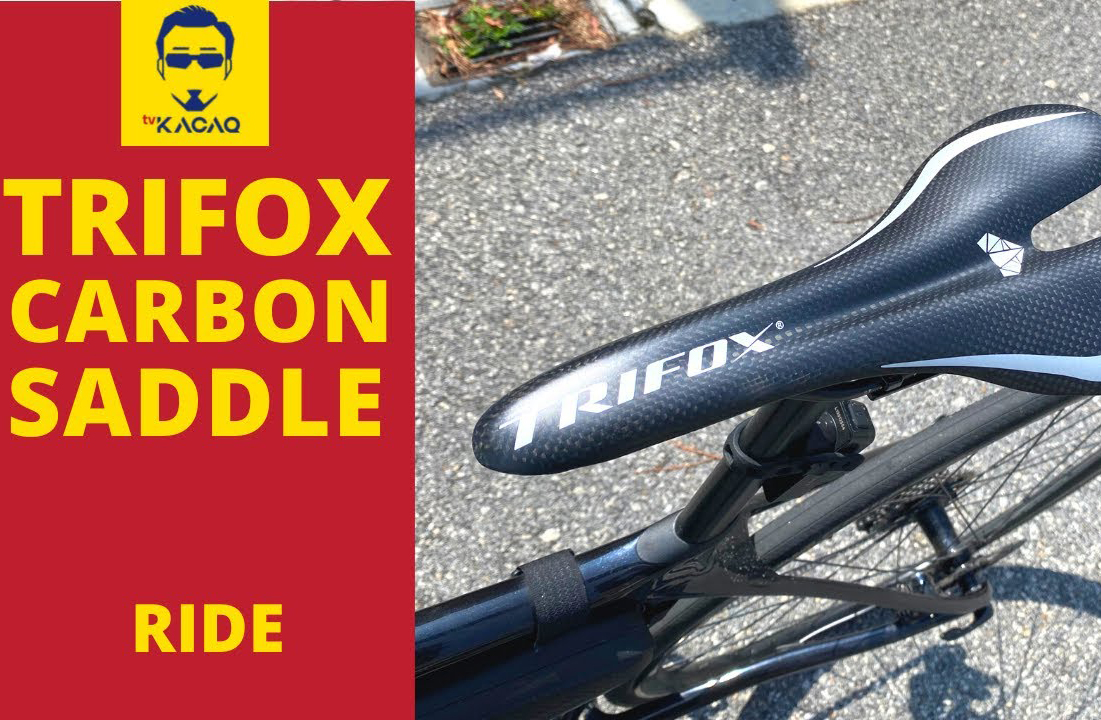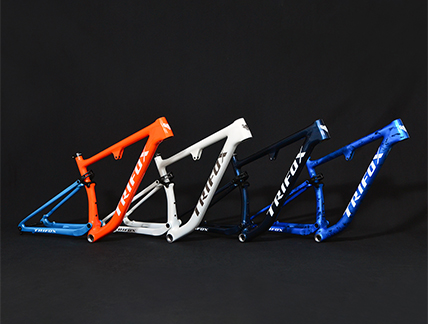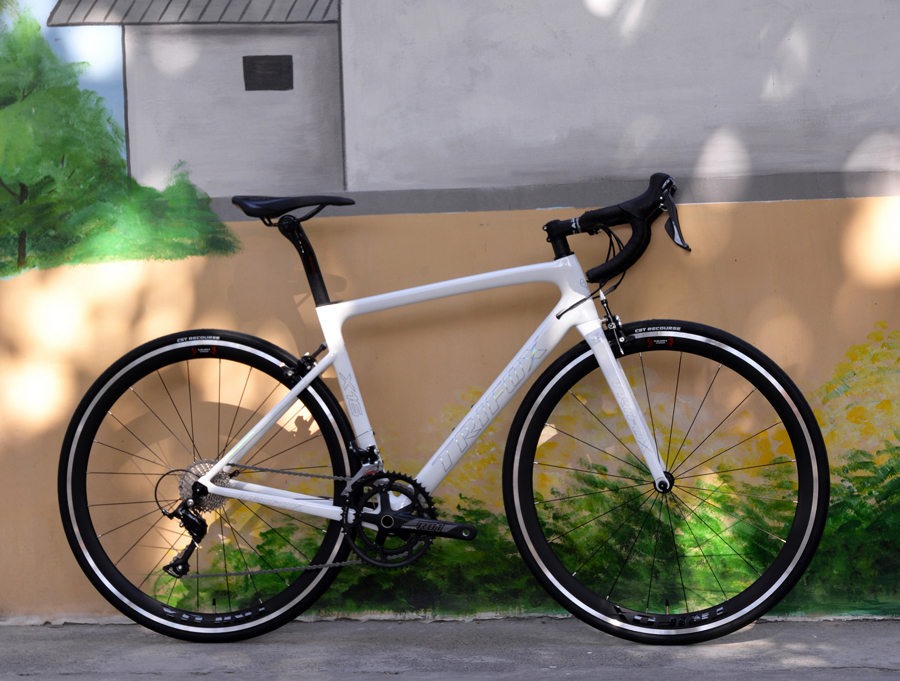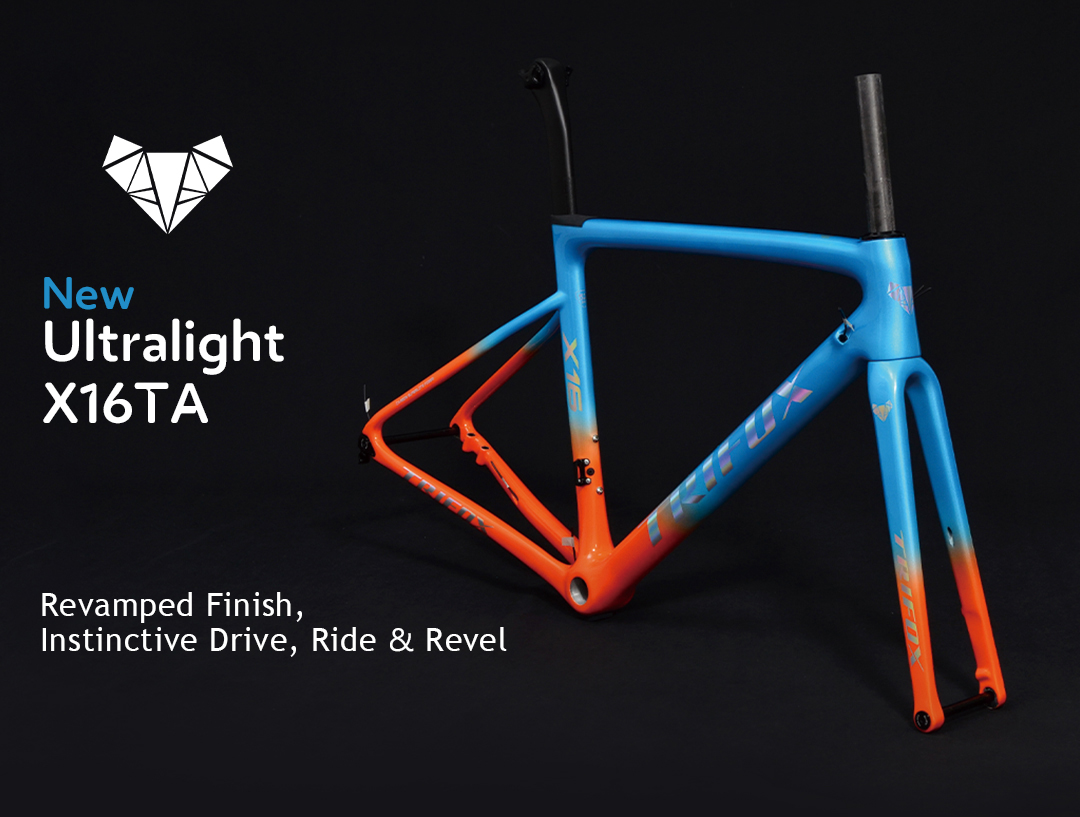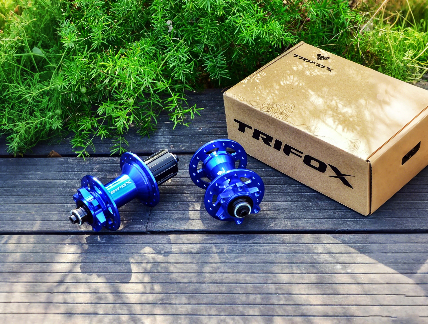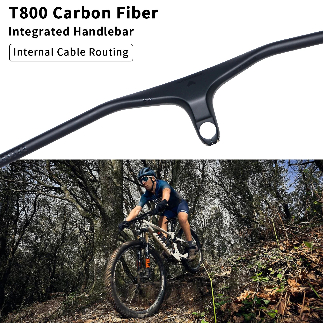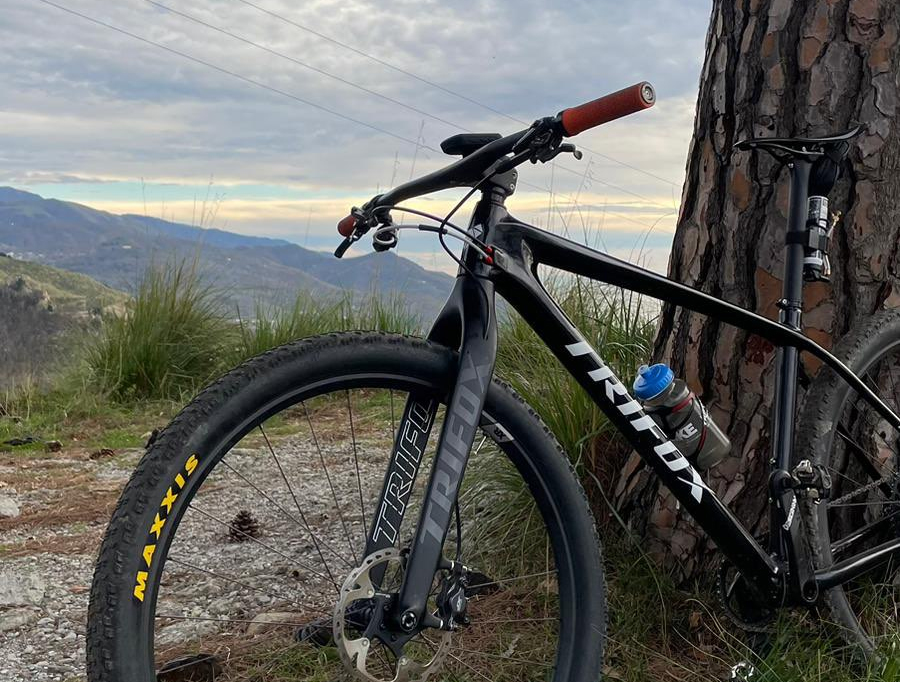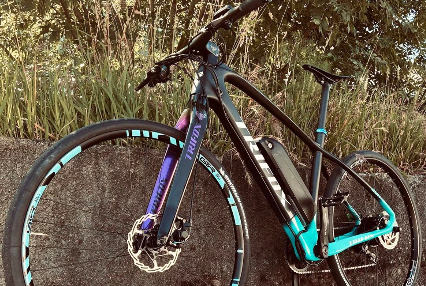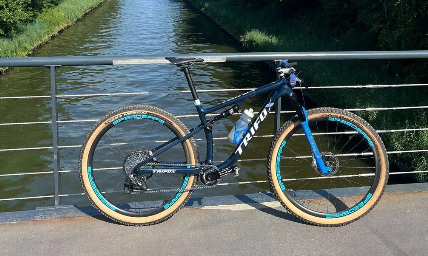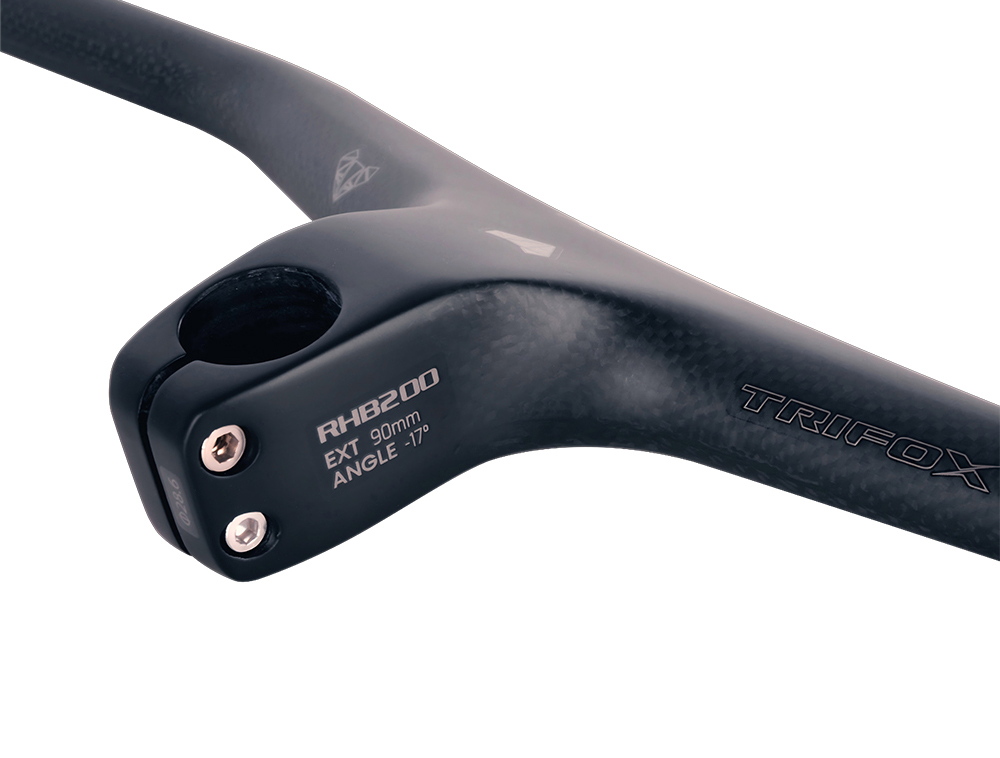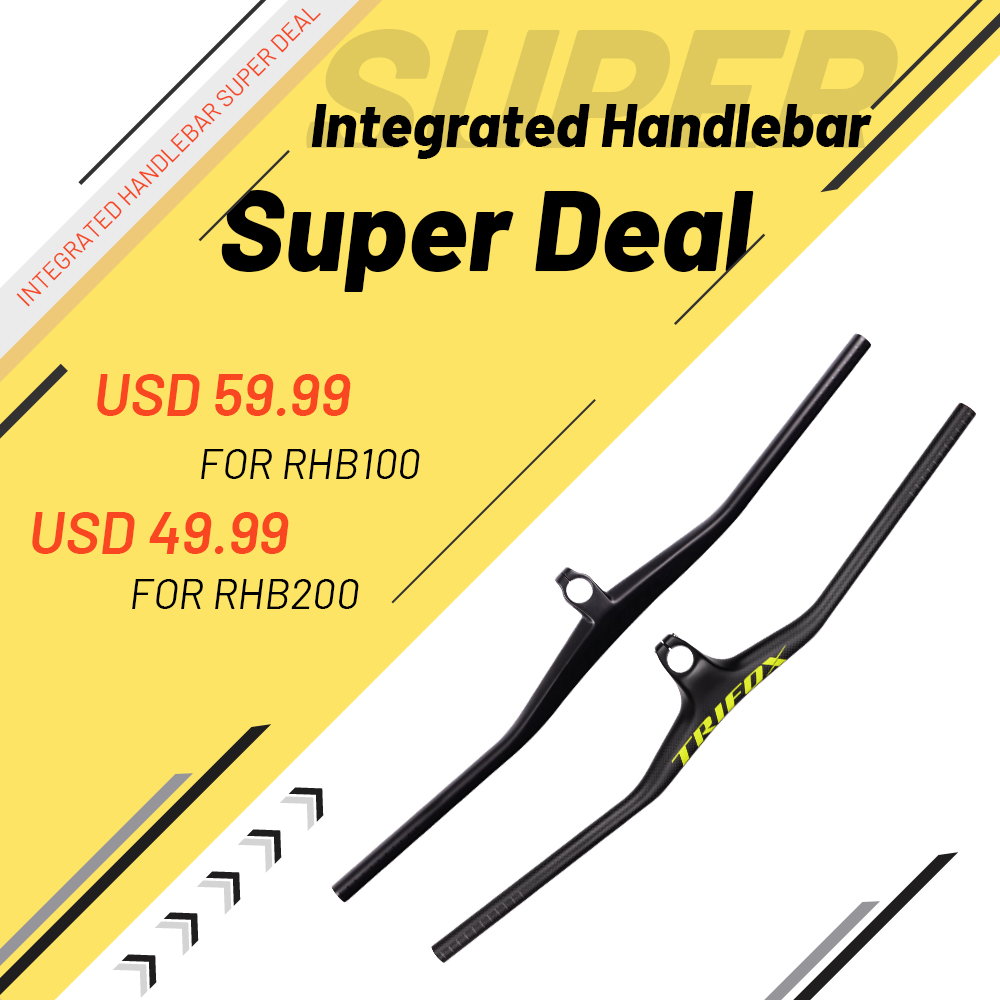Saddle soreness, numb bits, or aching backs can ruin the joy of cycling. The good news? Discomfort isn't inevitable! Achieving a pain-free ride hinges on proper bike fit, smart positioning, and choosing the right gear. Here’s your guide to sitting comfortably:
1. Find Your Foundation: Saddle Height is Key
Heel Method: Sit on the saddle. Place your heel on the pedal at its lowest point. Your leg should be almost straight (slight bend). When pedaling with the ball of your foot, you’ll have a 25-35 degree knee bend.
Why it works: Too low strains knees; too high causes rocking hips and saddle pressure. Correct height ensures efficient power transfer and stability.
2. Dial in Fore/Aft Position (Saddle Setback):
Your knee should align vertically over the pedal spindle when the crank is horizontal (3 o'clock position). Use a plumb line or have someone check.
Why it matters: Incorrect setback overloads hands, shoulders, or perineum, causing pain.
3. Level Your Saddle (Usually!):
Start with the saddle perfectly level. Use a spirit level app on your phone. Minor adjustments (1-2 degrees nose down or up) can help, but drastic angles often create new problems.
Avoid: Tipping the nose up significantly increases perineal pressure. Tipping it down slides you forward, straining arms and shoulders.
4. Engage Your Sit Bones (Ischial Tuberosities):
Sit upright on the saddle’s widest rear section. You should feel your weight firmly on these two bony points – not on soft tissue.
Tip: Wear padded cycling shorts ("chamois") to cushion these bones. Regular underwear causes friction and chafing.
5. Maintain a Neutral Spine & Relaxed Upper Body:
Avoid rounding or over-arching your lower back. Engage your core slightly.
Keep elbows slightly bent, shoulders relaxed and down (not hunched near ears). A stiff upper body transmits shock and causes neck/shoulder pain.
6. Stand Up Regularly!
Shift your weight, pedal out of the saddle for 10-30 seconds every 10-15 minutes. This relieves pressure and boosts circulation, preventing numbness.
7. Invest in the Right Saddle:
Measure Your Sit Bones: Use cardboard or a memory foam pad to find your sit bone width. Choose a saddle at least 20mm wider than this measurement.
Shape Matters: Consider cutouts/relief channels if you experience soft tissue pressure or numbness. Test saddles if possible.
8. Consider Suspension & Dampening:
A carbon seatpost, suspension seatpost, or wider tires run at lower pressure can significantly reduce road/trail vibration transmitted to your body.
Listen to Your Body & Adjust Gradually:
Minor tweaks (1-2mm saddle height, slight tilt) make a big difference. Change one thing at a time and test ride.
Some initial discomfort adapting to a correct position is normal, but sharp pain or numbness means STOP and re-evaluate.
The Takeaway:
Comfort comes from aligning your body correctly on a bike suited to you. Prioritize saddle height, setback, and level. Support your sit bones, stay relaxed, move often, and don’t suffer silently – the right setup feels amazing! If pain persists, consult a professional bike fitter. Ride happy, ride pain-free!





























































